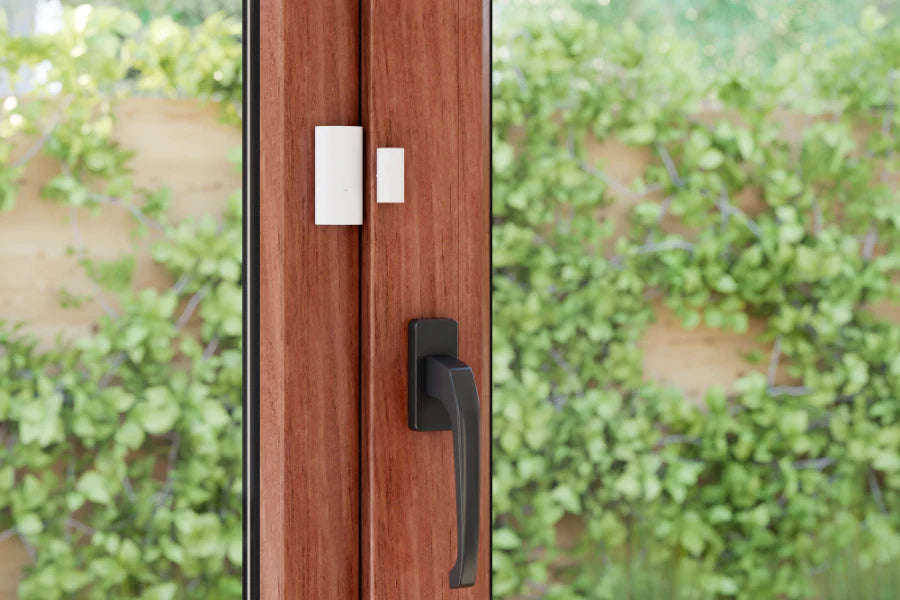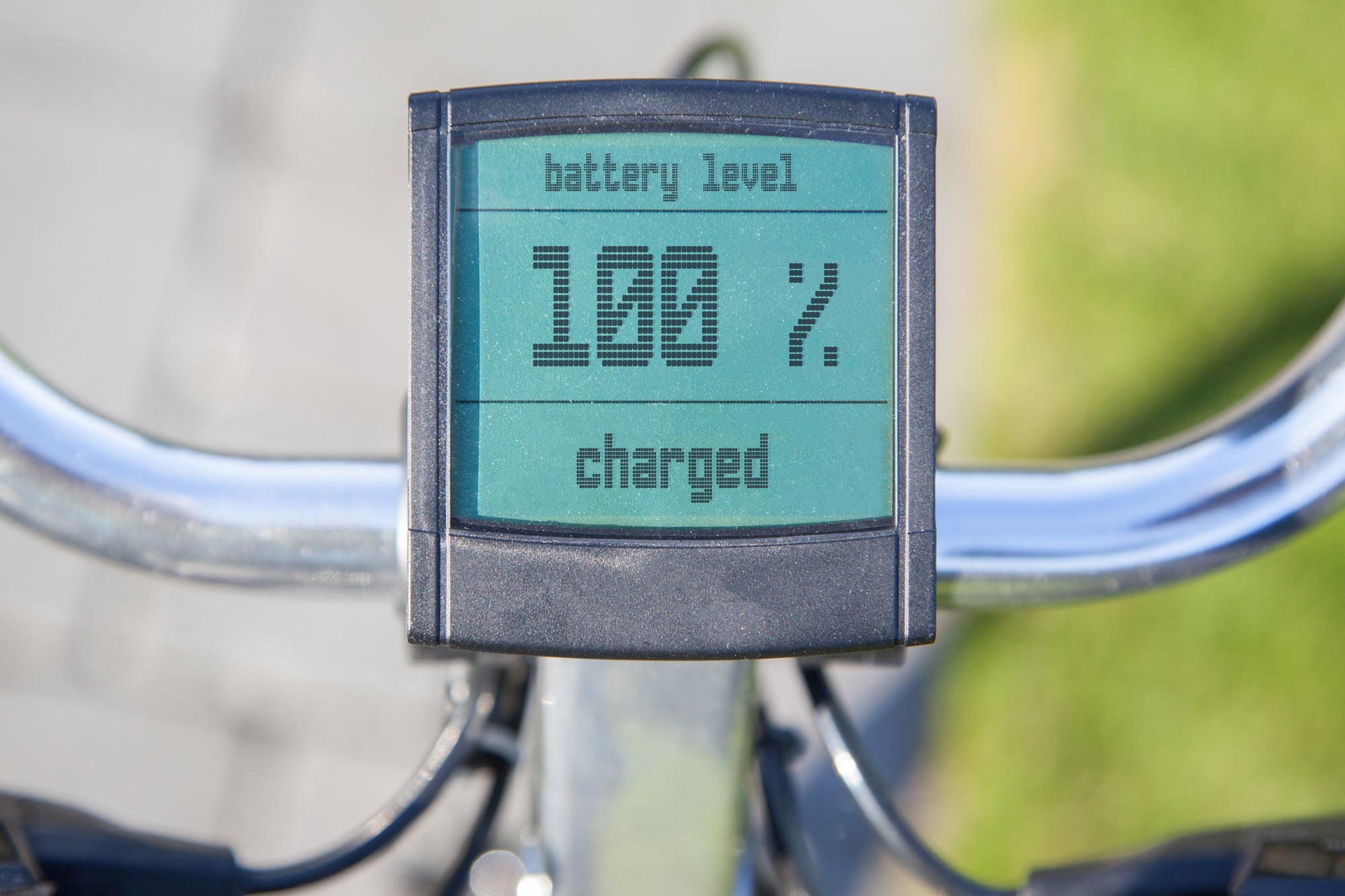To use a Zigbee door sensor or a PIR (passive infrared) sensor for smart switching of your lighting or other devices involves the following steps:
- Choose a compatible Zigbee sensor: Choose a sensor that is compatible with your smart home hub or smart home automation system. Most door sensors and PIR sensors are compatible with popular smart home systems such as Hihome (Tuya), Amazon Alexa or Google Assistant.
-
Install the sensor: Install the sensor according to the instructions. For a door sensor, this usually means attaching the sensor to the door and the magnet to the door frame. For a PIR sensor, this means attaching the sensor to a wall or ceiling.
-
Pair the sensor with your Hihome Zigbee Gateway or Home Assistant: Connect the sensor to your Hihome or automation system according to the instructions from Hihome.
-
Configure the automation: Configure the sensor to activate your lights or other devices when motion is detected or the door is opened or closed. To do this, you need to set up automation rules in Hihome system or Home Assistant . For example, you can set a rule that turns on the lights in a room when the door is opened and turns them off when the door is closed.
-
Test the sensor: Test the sensor to make sure it is triggering your devices correctly. Walk in front of the PIR sensor or open and close the door to test the door sensor. Make sure the lights or other devices turn on and off as expected.
-
Adjust Sensitivity: If necessary, adjust the sensor placement to reduce false triggers or improve accuracy.
By following these steps, you can use a door sensor or PIR sensor to create a smart home automation system that automatically turns on your lights or other devices when you enter a room or trigger the sensor in some way.


